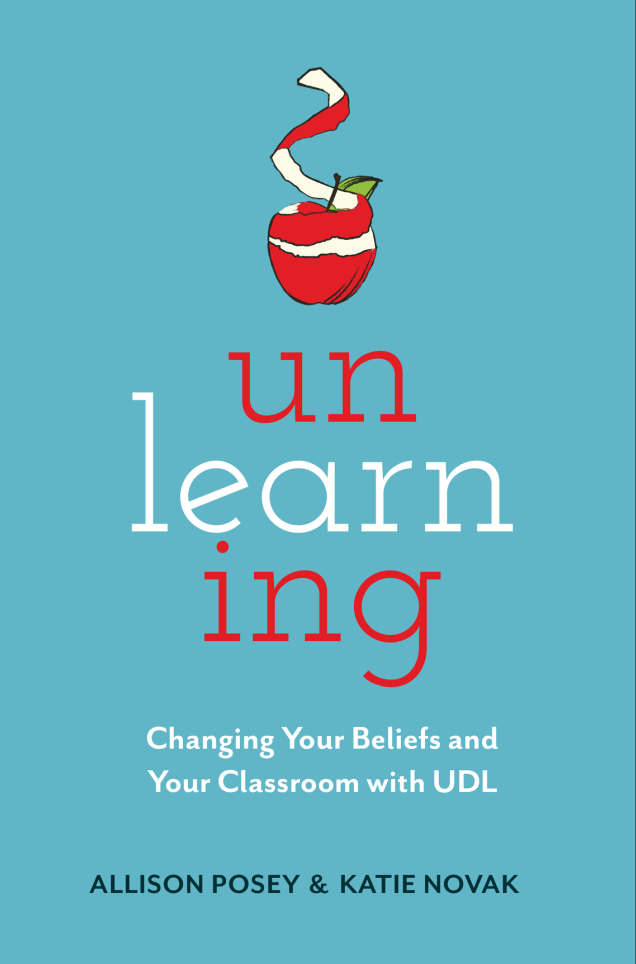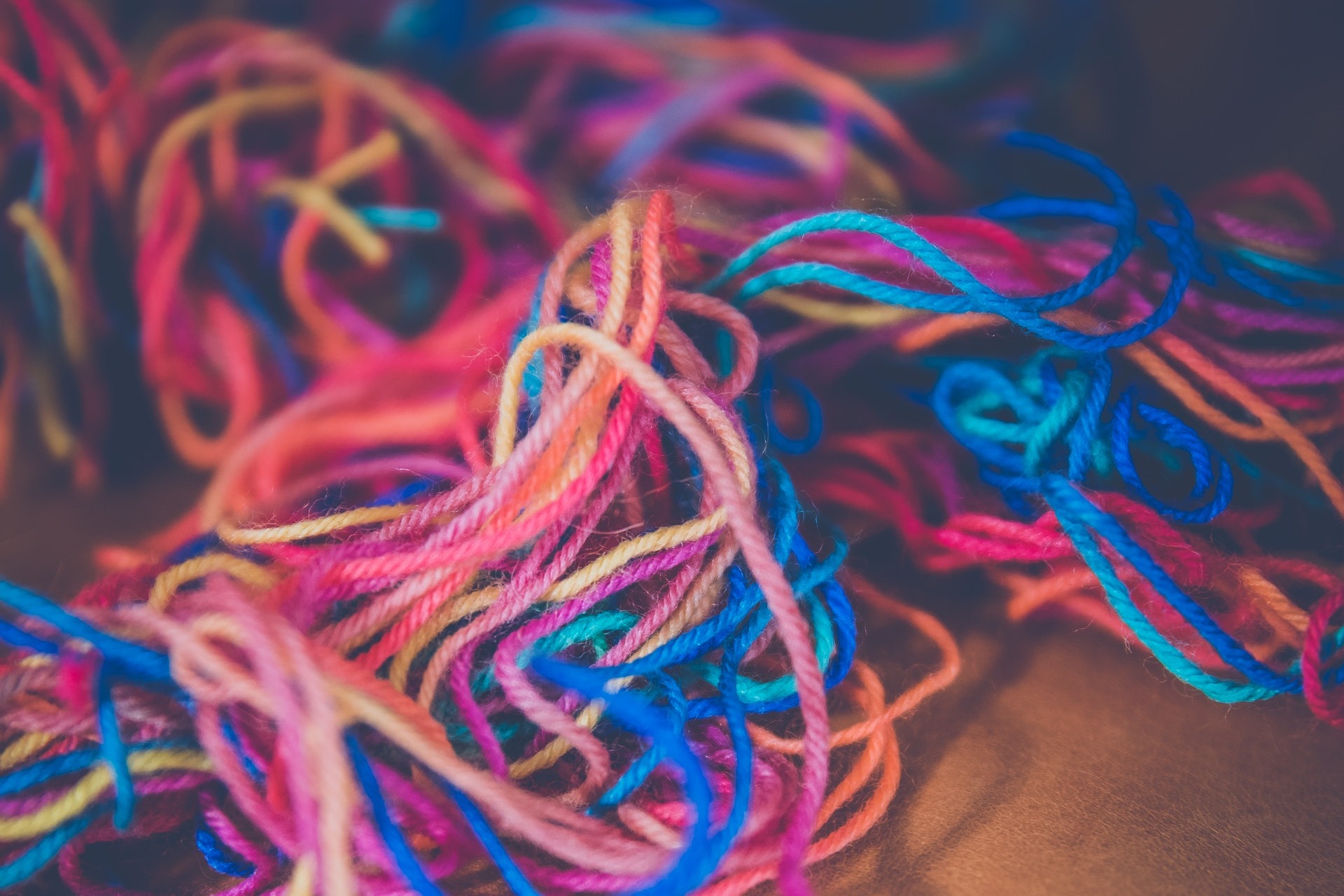Adapting to Rapid Change in Schools
By Katie Novak, EdD and Allison Posey, MEd
In the past few months, we have had to let go of and change many of our routines and habits. Even the simplest morning routine that might include showering, making lunch, and getting in the car to go to work or school has shifted as we have traded classrooms for our living rooms, high heels for slippers, and a quiet prep period with kiddie wrestle mania as we transition to remote learning.
Unlearning means that we have to consciously think about and put forth the effort to change.
To make these changes, we have had to unlearn many of our favorite routines and habits. Unlearning means that we have to consciously think about and put forth the effort to change. It takes mental energy to unlearn, as it is much easier to fall back on habits that are automatic and that do not require much thinking or planning. You might even have noticed that you feel a bit more tired or less productive than usual. This is likely due to the cognitive energy it takes to rethink and act differently for many of your simple day-to-day activities. Simply put, learning how to teach, learn, and function while social distancing is exhausting because we aren’t used to doing it.
One of the most remarkable transformations that has taken place in the few months has been in our education system. Almost overnight, teaching and learning have gone from being a face-to-face, full-day experience to one that is remote, often solitary, and that can be accomplished at any time. Educators have had to learn new ways of communicating and making materials accessible and engaging to their learners despite the barriers learners may face. Parents have had to learn new ways to balance home and work responsibilities and to coordinate schedules with everyone in the house at all times. Students have had to develop new strategies to achieve learning goals and objectives. They need to know how to be able to access and use the information they receive from their teachers and figure out what to do – especially when they are stuck. This is no easy task, but it is one that we can accomplish if we are aware of the stages of unlearning.
In our book Unlearning, we discuss the importance of the unlearning process and how it relates to Universal Design for Learning (UDL). UDL is a framework that gives students equal opportunities to access high-quality learning in flexible, accessible, and engaging ways. If we want all students to succeed, we have to embrace a process that, to be honest, can be cognitively challenging, because we have to do things differently to meet the needs of all students. The stages of Unlearning can be applied to your remote learning journey as well. Know that the brain (and you!) are capable of amazing changes. Keep the following process in mind as you continue to design learning experiences that are flexible enough to lead all learners to successful outcomes.

Here are 5 unlearning tips to take charge of your remote learning
1. Understand variability. Each of us learns in unique ways – and that is important to appreciate. Sometimes, you may want timed schedules and to connect frequently with friends. Other times, you may want quiet space and to work with a flexible schedule. Share your different needs and what is working – or not working. As a teacher, be sure that your learning expectations are designed with variability in mind.
2. Know your goals. Whether it is an upcoming assignment or how you are planning to exercise, identify the goal for a period of time and make sure you know what success looks like. For learners, make it clear exactly what they should know or be able to do so they can make the best choices to get there.
3. Transform tried and true techniques. To break old habits and routines, you will likely need to try new tools and ways to collaborate (anyone tried Zoom recently?). This can sometimes be uncomfortable, and that is okay. Go ahead, play around and don’t be afraid of breaking something! While you work, think about how different strategies and tools support you to achieve the set goals. Encourage students to do the same. They have to adjust as much as we do.
4. Prioritize Engagement. Emotions underlie everything we do, especially our learning. Look for ways to connect what you are learning to your life. Ask how the content or skill is important and relevant. If you aren’t sure, this can be important to discuss together.
5. Scaffold learner agency. Our brains change based on what we do. Ultimately, we want to be sure our new habits and routines will help us each to develop our own expertise as life-long learners. This is a learning experience for us – and we will come out of it knowing/doing more than we thought possible. Embrace your own growth and know that being a learner will allow you to get through anything!

Allison Posey, MEd, is a curriculum and design specialist at CAST and a graduate of Harvard’s Mind, Brain, and Education master’s program. She is the author of Engage the Brain: How to Design for Learning that Taps into the Power of Emotion (ASCD).



